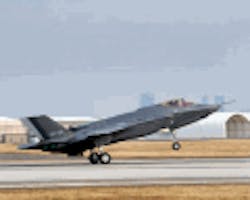Ball Aerospace, Lockheed Martin demonstrate new docking system technology
Posted by John McHale

